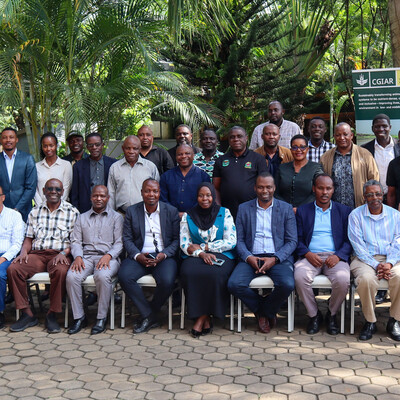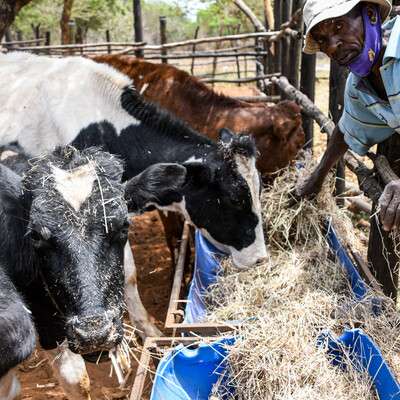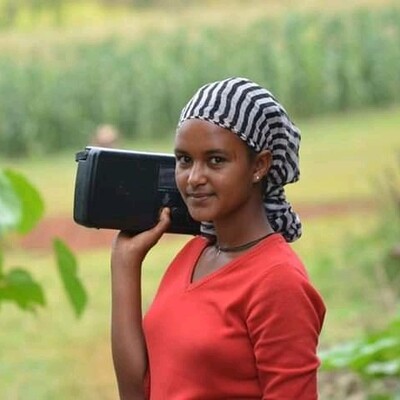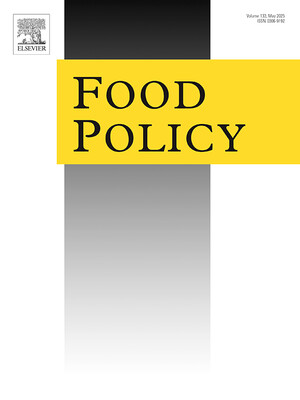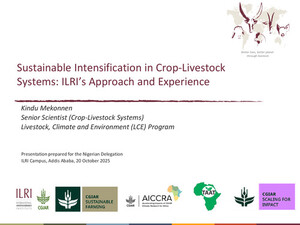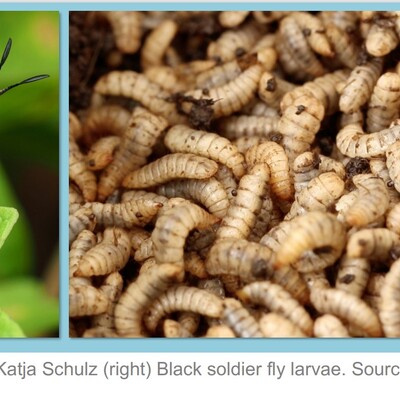
ILRI scientists’ work highlighted in International Summit on the Societal Role of Meat and special volume of Animal Frontiers
On 19 and 20 October 2022, the International Summit on the Societal Role of Meat - What the SCIENCE Says brought together a group of globally leading scientists to highlight and summarize all the different ways livestock—and meat in particular—are relevant to modern society. The summit was held in Dublin, Ireland, and hosted by Teagasc, the Irish Agriculture and Food Development Authority.
The papers presented at the summit have been published as a special volume in Animal Frontiers (April 2023). One of those papers, led by Peer Ederer and co-authored by ILRI scientists Isabelle Baltenweck and Shirley Tarawali, along with James Blignaut and Celso Moretti, examines the availability and affordability of meat as well as pathways to raising investment in livestock production. Titled ‘Affordability of meat for global consumers and the need to sustain investment capacity for livestock farmers’, the paper is part of a larger effort to highlight the important role livestock and meat play in the health and livelihoods of communities around the world, especially in the developing world.
Livestock production is a central pillar of the global food system, accounting for around 40 per cent of global agricultural GDP. In addition to providing nutrient-rich foods, domestic animals are a financial asset for millions of farmers, fundamental to the cultural and social contexts of many societies, and essential to biodiversity and ecosystem services. In short, because of the wider role livestock plays in the social, environmental and nutritional well-being of global communities, meat is worth much more than just calories or protein.
Much work has been done on how much meat is available to global consumers, yet the question remains hotly contested. The paper’s authors highlight this controversy, illustrating widely varied reports showing that there is either no gap in the global protein supply or that it needs to be expanded by around 80 per cent—depending on the assumptions one makes. These differing assumptions also underlie the wildly different projections of whether the global protein supply needs to grow by 20 per cent or 150 per cent by 2050.
What is certain is that meat is financially out of reach for a large segment of the global population—3 billion people in 2017, the last year for which there were measurements. That number has likely risen due to the COVID-19 pandemic, the Ukraine crisis and intense inflationary pressures. The problem is especially pronounced in countries with rural and traditional food systems, where 78 per cent of people cannot afford a nutritionally adequate diet. With the global population expected to reach 10 billion by 2050, the meat affordability gap will likely continue to grow.
Overcoming these challenges will require increased production of protein-dense foods, including meat, dairy and eggs, at more affordable prices. The article highlights that this can be achieved through sustained investments in livestock production systems, particularly in low-income countries where accessing nutrient-dense food is especially challenging. In addition, livestock farming is an attractive option for increasing global food security because livestock can adapt to almost any ecosystem—consider camels in the desert or reindeer in the Arctic Circle—allowing them to support food security in regions where plant agriculture cannot thrive.
Given the poor investment conditions in many low-income countries, the paper’s authors argue for application-oriented research and concerted strategic actions, which have proven successful tools for increasing livestock investments and improving policy. In recent years, multiple initiatives have been launched to facilitate scientific evidence to guide livestock production policy, such as the ILRI-hosted ‘why livestock matter’ website and related projects by Growing Financial and Policy Support for Sustainable Livestock Systems in LMICs (GLAD). Other initiatives include the Global Agenda for Sustainable Livestock (GASL), Livestock Data for Decisions (LD4D) and FAO’s new subcommittee on livestock.
Sustained and solutions-oriented research in livestock production has shown very high societal rates of return. For example, the last 45 years of livestock research efforts by ILRI, which have fostered far-reaching scientific, economic, policy and development impacts, are evidence of this. However, future research and development efforts are more likely to succeed if societal conditions are strategically aligned towards promoting livestock production systems through the implementation of things like Livestock Master Plans.
The potential for livestock farming to contribute to global food security extends to the world’s smallholder farmers, who produce the majority of the livestock and cereals in emerging and developing economies. While many smallholder farmers struggle with poor productivity, numerous case studies demonstrate that significant productivity improvements are possible through combining new technologies, innovative business models and nationally aligned policies. This will allow the world’s smallholder farmers to thrive economically while contributing to global food security.
While the challenge of producing sufficient animal-source food may look daunting—and potential harms from growth of the livestock sector must be simultaneously addressed—there is reason for optimism. Scientific and policy advancements are opening large and lucrative spaces for private investment on all scales, from the smallholder to the venture investor. Ultimately, there are many paths to achieving a food-secure future when we include livestock as part of the solution.
You can watch ILRI assistant director general Shirley Tarawali’s presentation at the international summit, titled ‘Sustainable livestock opportunities and new food system realities’, here.







